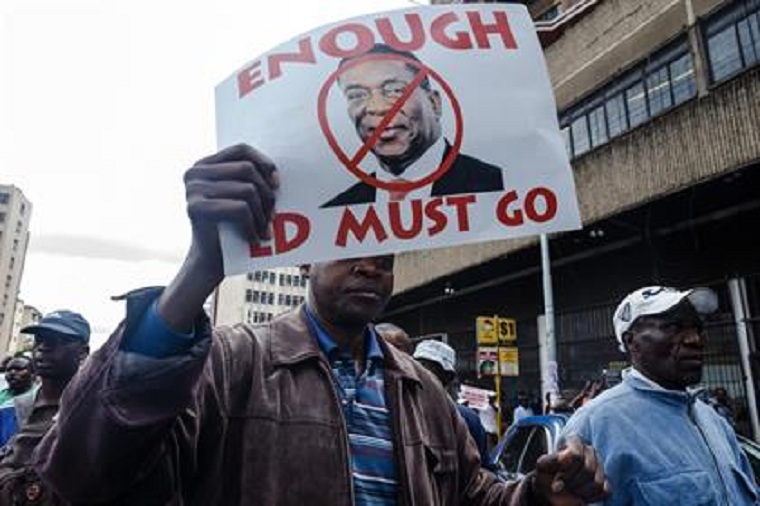¶2. (c) Of course, it matters not just that Mugabe goes, but who comes. We do not recommend policy modification if Mugabe remains in power behind the scenes or if a transition government is headed by a “hard-liner” – at least until we discern which way the wind is blowing. It is possible that such a government would entrench itself and further restrict liberties. Even under a reformist government, we emphasize that there is no quick fix for Zimbabwe. It may take a decade of healthly growth before the economy returns to 1997 levels. Health and education systems might not reach mid-1990s levels for a generation, if ever.
Transition Headed by Bonafide Reformist
¶3. (c) If, on the other hand, a reform-minded transition government comes to power, the U.S. has a role in assuring that the transition to a freely-elected government occurs and that essential political and economic reforms are begun. In general, we could help steady Zimbabwe’s first-ever political transition under very trying circumstances. We could begin to rebuild a strained bilateral relationship and selectively lift travel and financial sanctions. If appropriate, we could revise travel warnings that affect tourist inflows.
Codel and high-level USG visits would also underscore our enthusiasm for a reforming Zimbabwe.
Democracy Assistance
¶4. (c) More specifically, we could help the transition government’s most pressing task – carrying out free and fair elections, our top Mission Performance Plan goal. USAID should provide assistance and expertise to establish an Independent Electoral Commission. In order to promote an environment in which candidates and parties can wage open and non-violent election campaigns, the GOZ will need to repeal/amend an existing body of repressive legislation, including the Public Order and Security Act, the Access to Information and Protection of Privacy Act, the Elections Act and the Media and Broadcasting Act. As the new election approaches, USAID would fund the training and deployment of election observers, polling agents for political parties, transparent ballot boxes and computerized voter rolls. We would also continue Voice of America and independent media support. Using existing mechanisms such as National Democratic Institute, International Republican Institute and State University of New York/Albany, we estimate additional total cost at $7 million. Some of these costs could be shared with other donors, although we think that USAID, NDI,IRI, and SUNY are in the best position to lead these activities.
Continued next page
(619 VIEWS)


Pingback: Why Tagwirei is being targeted by US billionaire-funded media outlets – HourlyHits